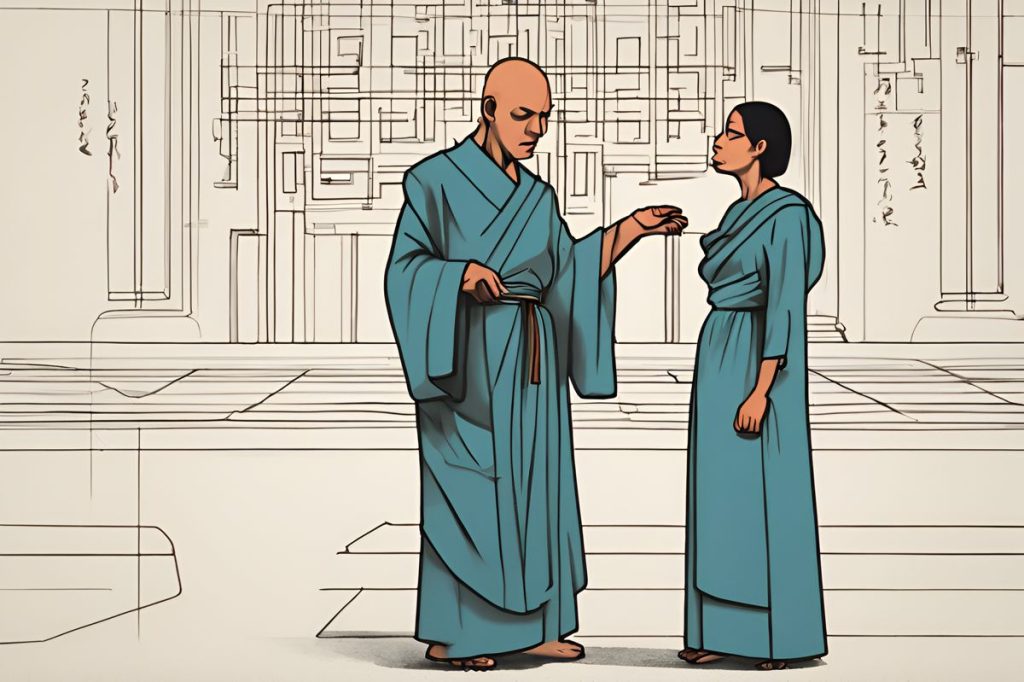The leaked CCTV footage from Osiou Avakoum monastery has sparked privacy and legal concerns over unauthorized release and potential legal infringement, raising questions about surveillance laws and the intrusive nature of audio recording. Data Protection Commissioner Irene Loizidou Nicolaidou emphasized the need to balance security with privacy rights, highlighting the legal ramifications of distributing such footage online.
What are the privacy and legal concerns regarding the leaked CCTV footage from Osiou Avakoum monastery?
The leaked CCTV footage from Osiou Avakoum monastery has raised privacy and legal concerns due to unauthorized release and potential legal infringement. Data Protection Commissioner highlighted the intrusive nature of audio recording and the need for stringent surveillance laws. The footage’s distribution online may have legal ramifications, signaling the importance of balancing security with privacy rights.
CCTV Footage Leak Raises Legal Issues
There has been a significant breach of privacy and potential legal infringement following the unauthorized release of video surveillance from the Osiou Avakoum monastery. Data protection commissioner Irene Loizidou Nicolaidou expressed concerns as the footage, which also contained audio recordings, made its way to the public domain without consent. This breach not only undermines personal privacy but also challenges the legal boundaries of surveillance laws.
The installation of CCTV is often a delicate matter, balancing security with privacy rights. However, the law is particularly stringent when it comes to audio recording—considered to be deeply intrusive by Nicolaidou. The legality of the footage collection is under scrutiny, as it may have ramifications for its distribution online. The thorough examination of the case by police and data protection officials underscores the complexity of surveillance in places where privacy is expected.
Monastic Scandals Captured on Camera
The controversy began to unfold when a video depicting a monk assaulting a woman with a belt surfaced on the internet. This video was part of a cache of CCTV footage confiscated by the police, as confirmed by police spokesman Christos Andreou. The monastery had already been under investigation for other serious allegations including financial misconduct, reported since March 8. These issues, including accusations of fraudulent miracles and money laundering, have rocked the very foundations of the monastic community, drawing widespread public attention.
Subsequent to the release of the contentious footage, there have been multiple complaints lodged by individuals identifiable in the videos. The individuals, whose images and voices were captured, have raised objections about their privacy being compromised. The unfolding events at the monastery have highlighted the need for stringent controls and ethical considerations in the use of surveillance technology within such private institutions.
Legal Inquiry and Public Interest
The data protection commissioner has taken a proactive stance, requesting the police to disclose specific details about the surveillance operation. Questions abound regarding the placement of the cameras, whether they were recording in public areas, and if the installation had any intent that infringed upon the rights of others unknowingly. The answers to these queries are crucial in determining the legal standing of the footage and the implications for those captured in it.
As the investigation proceeds, this incident serves as a stark reminder of the importance of surveillance laws and data protection. It accentuates the fine line between security measures and personal freedoms, and the responsibility that comes with the capability to monitor and record. The wider implications for privacy, consent, and the ethical use of surveillance in modern society continue to stir debate and necessitate clear legislative frameworks to safeguard individual rights.
What are the privacy and legal concerns regarding the leaked CCTV footage from Osiou Avakoum monastery?
The leaked CCTV footage from Osiou Avakoum monastery has raised privacy and legal concerns due to unauthorized release and potential legal infringement. Data Protection Commissioner highlighted the intrusive nature of audio recording and the need for stringent surveillance laws. The footage’s distribution online may have legal ramifications, signaling the importance of balancing security with privacy rights.
How has the CCTV footage leak raised legal issues?
The unauthorized release of video surveillance from the Osiou Avakoum monastery has led to a breach of privacy and potential legal infringement. Data protection commissioner Irene Loizidou Nicolaidou expressed concerns as the footage, including audio recordings, was made public without consent. This breach challenges the legal boundaries of surveillance laws, particularly regarding audio recording, which is considered deeply intrusive.
What monastic scandals were captured on camera in the leaked CCTV footage?
The leaked CCTV footage captured a monk assaulting a woman with a belt, sparking controversy. The footage was part of a cache of recordings confiscated by the police as part of an investigation into serious allegations at the monastery, including financial misconduct, fraudulent miracles, and money laundering. The scandal has drawn significant public attention and raised concerns about privacy and surveillance ethics.
What is the status of the legal inquiry and public interest surrounding the CCTV footage leak?
The data protection commissioner has requested specific details from the police regarding the surveillance operation, including camera placement and recording in public areas. This incident underscores the importance of surveillance laws, data protection, and the balance between security measures and personal freedoms. It highlights the need for clear legislative frameworks to safeguard individual rights in the age of modern surveillance technology.

